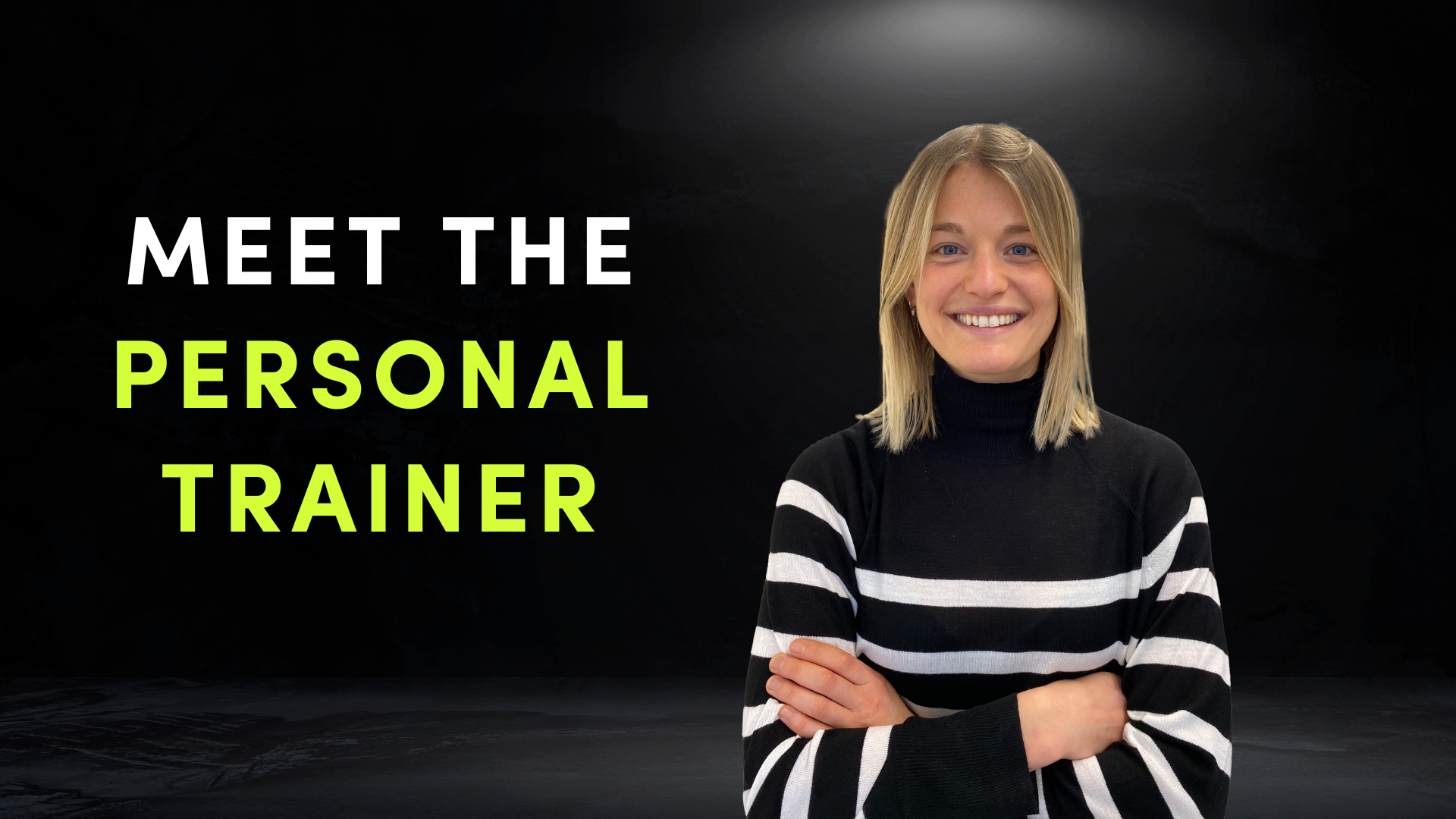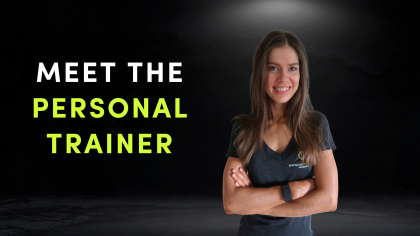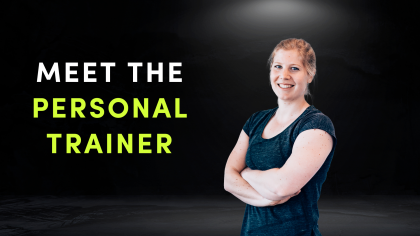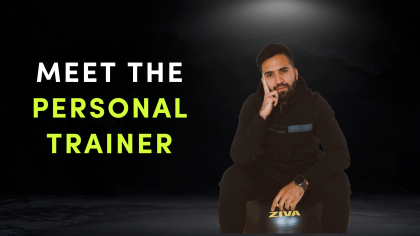1. Can you introduce yourself ?
My name is Axelle (@axwouters17). I am a 27-years-old physiotherapist living in Antwerp. In 2011, after graduating from high school with a degree in Science-Mathematics, I decided to leave my small city of Antwerp behind to experience a new adventure in the USA. For two years I combined my favorite sport Field Hockey with studying “Pre-Med(icine)” at the University of Michigan, Ann Arbor.
After my (American) experience abroad, studying “Pre-Med(icine)”, my interest in the “Human Body” and dealing with or preventing injuries in athletes had grown and I decided to become a Physiotherapist. In 2013, I started studying “Rehabilitation Science and Physiotherapy” at the University of Antwerp and tried to combine it with an international Field Hockey career (both club and the national team of Belgium). One of my characteristics (and probably the reason why I am where I am now) is doing everything at 100%. I cannot start something without going fully for it, which is also the reason why I decided in 2014 to stop playing for the National Team and only continued playing for my club (still at the highest level in Belgium). Five years later, in 2018, with a Master degree in “Rehabilitation Science and Physiotherapy” a new chapter started: working live. Due to my experience abroad and dealing with my own injuries as an athlete, I started working at “Sports Performance Centre” in Wommelgem, where the main patient-population is athletes (both professional and recreative). In the same year (never not learning) I started a one-year-postgraduate-degree in the Manual Therapy at the University of Ghent. The content of this degree made me shift a little in my patient-population, which was the reason why in 2019 I changed practices. Today I am part of the “Wij Bewegen Je”-team located in Deurne, Schilde and Schoten, where I am treating injuries in both athletes (professional and recreative) and non-athletes.
I believe that both practicing a sport/keeping active and a correct eating pattern, can avoid a lot of injuries (Overload Injuries, Tendonitis, Muscle Tears…) and deceases of the Western world (like Diabetes Type 2, Obesities, Irritable Bowel…). To be able to help people with their “Lifestyle Change” I obtained my NASM Personal Trainer certificate in the summer of 2019 and attended a few nutrition classes. At the moment, I am following the path of becoming a “Sport Performance Specialist” at PCA, I am in Module 2 (out of 3) of becoming an “Orthomolecular Therapist” at KPNI Belgium and completing my “Dry Needling” course at Orthologos Belgium. Currently, I am already helping people changing their lifestyle both in exercising and eating style. In the future, I would love to build my “Lifestyle Change” out but always in combination with Physiotherapy.
2. Why did you choose PCA for your education ?
From my experience in the USA, I was familiar with “The National Academy of Sports Medicine”. My Physical Trainer at the University of Michigan had a NASM certificated Personal Trainer degree and one of my colleagues at my first job obtained his NASM Personal Trainer certificate as well. Besides that I was looking for an International and official recognition, which brought me to PCA.
3. What did the NASM accreditation bring you ?
Due to Covid-19 and my career as a physiotherapist, I am currently not doing much Personal Training work. The NASM accreditation did give me a standardized programming method that I am using to progressively build up exercises in rehab plans.
4. What is your specialization ?
I am currently following the path of becoming a “Sport Performance Specialist”. Unfortunately due to the current Covid-19 measurements, we cannot start with the NASM Performance Enhancement Specialization course.
5. What is the coolest exercise you like to do with your clients and why ?
As I am most of the time still working with patients (as a physiotherapist) instead of clients (Personal Trainer) I like to end my training with a HIIT, like “Tabata” (20” work - 10” rest 8 times). I always combine two exercises often targeting the same muscle group, so we get muscle acidification and with short rest period so the heartrate rises. Most of my patients need to take a break from their sport to facilitate their rehabilitation/recover from their injury, following the load-bearing capacity concepts. Important here is that their cardiovascular fitness level does not drop, during the “relative rest” period. They can chose another way to keep up with their cardiovascular level (soccer player can chose a bike instead of a treadmill) or add HIIT like “Tabata” to their rehab-sessions. Especially with working with athletes who like to be tired after a training-session, “Tabata” gives a feeling of satisfaction at the end of a rehab-session. The key of a good “Tabata” is finding the right exercises who are challenging enough for the patient yet not stressful for the injury.
6. What is the most fulfilling part in coaching others ?
“The gratitude”. In both my patients as a physiotherapist as my clients as a Personal Trainer/Lifestyle coach. The look on the face of an athlete who can practice his sport again, or many kind words (and often also a lot of sweets (like chocolate)) of elderly with a total hip/knee replacement who can walk or do the daily activities back without constant pain, or seeing satisfied people who want to lose weight, feel better about themselves, experience more energy during the day or just become more active… when you help them succeeding their goals. That’s the reason why I am coaching people.
7. What is your favorite quote ?
“You’re life doesn’t get better by chance. It gets better by change.”
For me it is simple: If you want to get somewhere in life, you have to do it by changing things not by wanting things to change.



